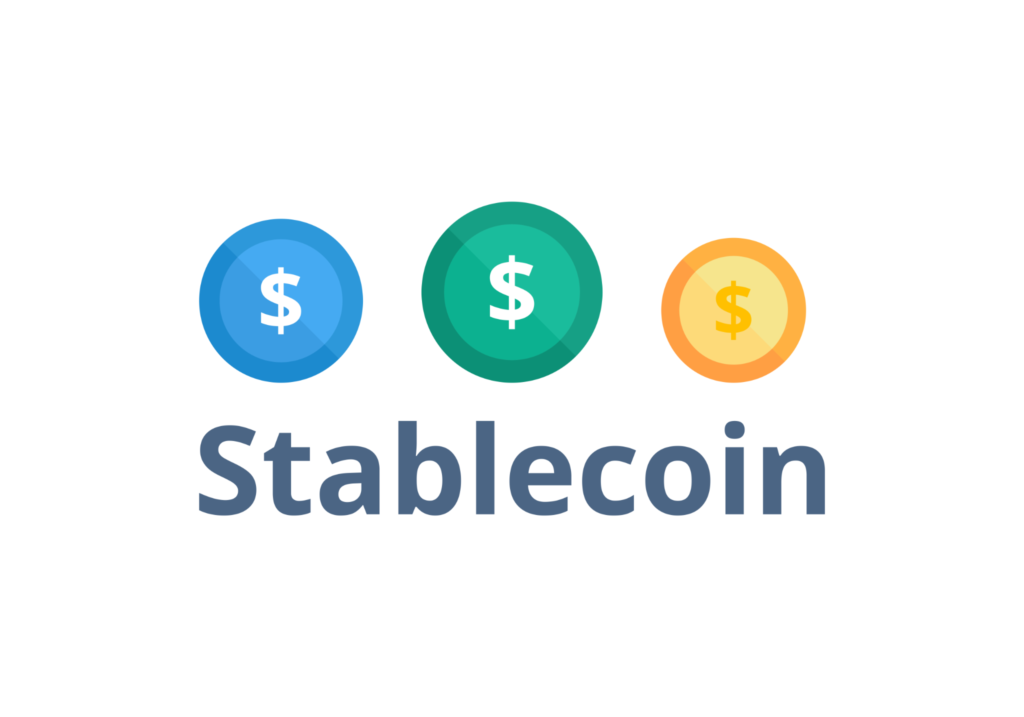Senators Cynthia Lummis (R-Wyo.) and Kirsten Gillibrand (D-N.Y.) are back at it again, this time attempting to define the parameters of stablecoin operations in the United States with a tightly crafted bill.
In an attempt to draft legislation specifically targeting this segment of the cryptocurrency industry, the MPs released a new stablecoin bill. The payment stablecoin issuers would be subject to reserve and operational restrictions under their proposed bill, which would compel them to establish subsidiaries with the express purpose of issuing stablecoins. Additionally, the plan would force stablecoin holders to transact in tokens backed by dollars.

What does the Bill define?
What the bill defines as a payment stablecoin is any digital asset with a dollar value “that is, or is designed to be, used as a means of payment or settlement.” In addition to the asset not being a security, issuers would be “obligated” to convert to dollars. Either non-depository trust organizations registered with the Federal Reserve Board of Governors or depository institutions authorized as national payment stablecoin issuers would be the only options available to issuers. These organizations would be subject to oversight by both federal and state regulators.
The public would also need to be informed that the tokens that create stablecoins are completely backed by reserve assets. Furthermore, the bill stipulates that they must designate a non-depository trust as a custodian, and that trust must designate a depository institution as a sub-custodian.
In addition, it seems that the measure will outlaw algorithmic stablecoins, which are undercollateralized tokens that rely on mathematical processes to keep their value constant.
Non-depository trust companies’ capacity to produce payment stablecoins was capped at $10 billion by the bill. As the issuer surpasses that threshold, the bill’s wording stipulates that it needs to be “a depository institution that has been authorized as a national payment stablecoin issuer.”

Although Circle has $33 billion in outstanding USDC, it is not a depository trust institution as of yet, making it the biggest stablecoin issuer in the United States. Despite having a market capitalization much below the $10 billion threshold, Paxos, the second-largest, does hold a limited purpose trust charter from the New York Department of Financial Services.
A bill that would define decentralized finance legally and establish boundaries for the jurisdiction of federal agencies such as the Commodity Futures Trading Commission over cryptocurrency was one of the several bills Lummis and Gillibrand jointly introduced last summer. Despite the fact that these legislation have not moved forward, a Senate staff member informed reporters that the members had consulted the White House and federal authorities.
Despite the glacial pace of movement, stablecoin legislation has long been considered the kind of crypto-specific legislation most likely to become law in the U.S. Last year, a bill that had progressed out of committee was halted by the resignation of Speaker of the House Kevin McCarthy.



